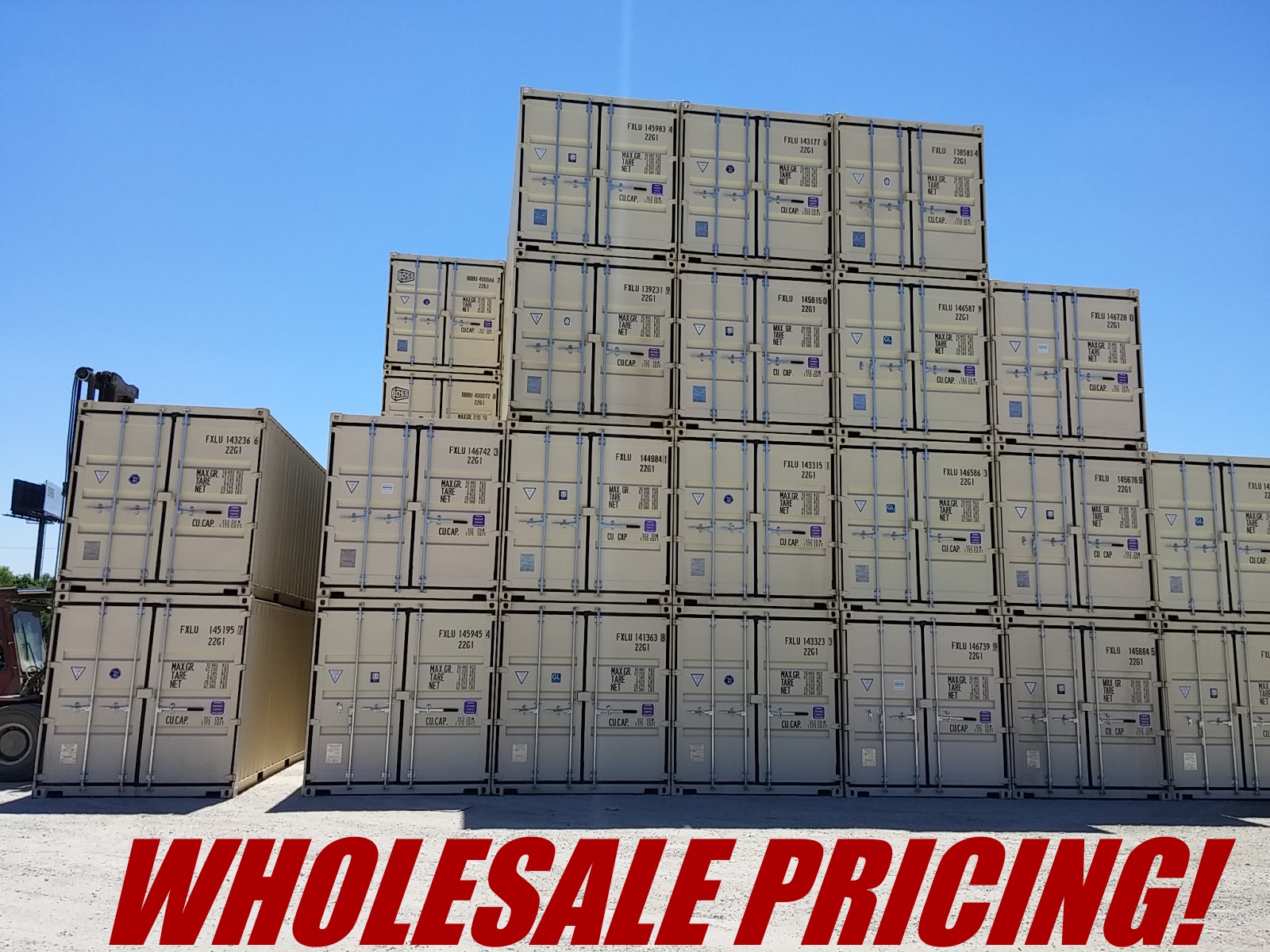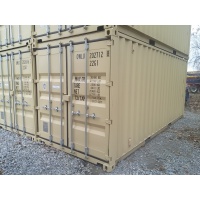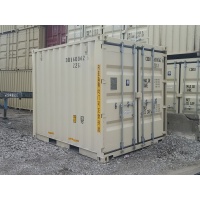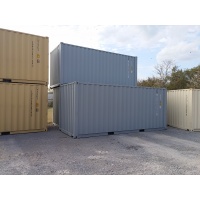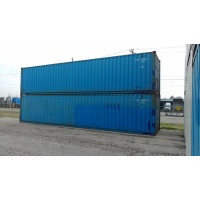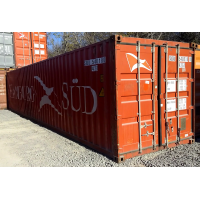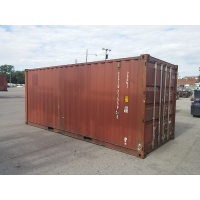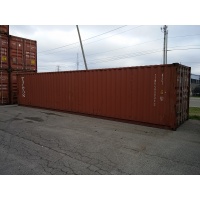Consistent with data people’s desire to work untethered from the rest of the organization, the quants—or quantitative analysts—asked that the operations executives restrict their data center visits to only twice a day. That request went unheeded, however. According to Jan Voetmann, director and head of engagement for Maersk Analytics, the operations people became so intrigued by what the data unearthed that they hung out with the quants for virtually the entire week.
For example, Maersk discovered that an empty container had sailed on five consecutive voyages. In another case, an empty box went back and forth 20 times on 10 sailings. To be sure, both episodes are insignificant in the grand scheme of the world’s largest container network (by capacity). But where there’s smoke, there may be fire. Maersk spends about US$1 billion a year just to move empty containers around its network, according to Voetmann. That doesn’t include the costs incurred in tracking the boxes, he said. By seeing deeper into their global operations than they ever have before, Maersk executives can forecast equipment movements two months out instead of in the traditional four-week window, thus reducing the frequency of empty moves and enabling them to better match equipment with cargo, Voetmann said.
Welcome to the world of “big data”—seafaring style. The term—believed to have been the brainchild of an astute marketer—is technically defined as the aggregation and blending of “structured” data on traditional platforms like electronic data interchange (EDI), enterprise resource planning (ERP) systems, and extensible markup language (XML), with “unstructured” data, or information flowing outside the normal channels. The holy grail is to present the data in high-quality visualization formats that help the layperson understand what they’re looking at, and (ideally) make better decisions based on hard information.
Analyzing mountains of data is a daunting task, but the potential payoff is huge: The more robust the information flow, the more precise the decision-making, according to data analytics professionals. For an industry as operationally imprecise as container shipping, the benefits could be transformative.
The use of big data and analytics is not a cure-all for the liner industry’s ills. It will not elevate subpar global demand. Nor will it end a financially devastating cycle of vessel overcapacity. Yet with global trade growth lagging world GDP for the first time in decades, unconventional rivals like Amazon.com Inc. and Chinese internet giant Alibaba coming to market with grand designs to control all supply chains, and many traditional cost-cutting avenues exhausted, carriers need all the help they can get to stay relevant and restore profitability.
“We can’t expect the world economy to drive our growth,” Voetmann said in September at a conference sponsored by Teradata, a consultancy. “We are going to have to find our own way.”
WILL IT HOLD WATER?
The positive news is that, when it comes to container shipping, advanced analytics has the potential to improve every function that it touches. Inna Kuznetsova, president and chief operating officer of Parsippany, N.J.-based Inttra, a multicarrier portal that tracks the status of about 35 percent of the world’s ocean containers, said big data could have a significant impact on reducing vessel slot cancellations, as well as box detention and demurrage charges. Good information can help carriers plan for an appropriate level of expected cancellations, which would reduce vessel overbooking to compensate for no-shows, Kuznetsova said.
Inttra has rolled out a “dwell time” dashboard that will measure the frequency, patterns, and reasons behind incidents that trigger detention and demurrage charges. It already operates two “decision support” dashboards—”shipment reliability” and “booking speed”—that allow shippers and freight forwarders to analyze their performance histories.
For now, big data projects in ocean shipping are focused on asset tracking, vessel scheduling, route optimization, and equipment repair. The next wave, though, is likely to be in the realm of demand forecasting, said Thad Bedard, senior director of supply chain solutions for APL Logistics Ltd., a Scottsdale, Ariz.-based third-party logistics service provider (3PL) owned by Japanese transport giant Kintetsu World Express Inc. Using vastly improved visualization tools, importers will be able to more efficiently align inbound product flow from its origin with the requirements of the warehouse or DC at the destination, according to Bedard.
Because importers lack the visibility to get a real-time handle on product leadtimes, they have trouble consistently matching inbound supply with end demand at the warehouse or DC, Bedard said in a phone interview. In one case involving a multinational customer whose shipments missed their scheduled U.S. arrivals about 20 percent of the time, APL Logistics discovered that the customer’s ERP tables had not been updated for 10 years and were generating inaccurate information about the cargo’s status. Armed with this information, the customer redefined its key performance indicators (KPIs) to reflect more plausible supply chain scenarios. It shaved $20 million to $30 million off its transport spend by eliminating costly air freight that had been used as a backstop in the event of a late or delayed shipment, Bedard said.
The increasing visibility into demand needs and supply responses means that retail orders will become more precise and specialized than ever before, Bedard said. Gone will be the days of hit-or-miss ordering and deliveries because retailers didn’t have sufficient clarity into their supply chains, he said.
A LONG JOURNEY
While progress is being made, it should be remembered that ocean shipping is a hidebound business with a corporate culture often slow to change. While companies like Maersk are aggressively pursuing big data and analytics, others are not as engaged. The absence of digital uniformity creates roadblocks to a mainstream uptake of big data, Kuznetsova said.
The complexities of operating in a worldwide industry have been amplified by the recent surge in vessel-sharing agreements (VSAs), where financially hobbled liner companies have commingled assets in an effort to rationalize capacity while still delivering on service commitments. At this point, big data and analytics are optimally deployed at a liner company like Honolulu-based Matson Inc., which largely serves lanes between Hawaii and the U.S. mainland, because Matson owns its own liner strings, according to Josh Brogan, vice president at consultancy A.T. Kearney.
Still, Brogan said the deployment of robust analytical tools could help carriers, forwarders, and customers cut through even the clutter presented by VSAs. “Any time there’s complexity, there is an opportunity,” said Brogan, who worked in the liner business and today consults with cargo owners.
Brogan said big data will be most useful in helping liner companies model their responses to future events, whatever they may be, with the overarching goal of improving asset utilization. “‘How do we optimize our ships? How will next year look for our customers? How do we recover from service failures?’ Those are the questions that big data can help answer,” he said.
Kuznetsova said the liner industry is finally taking a serious look at why adoption of data tools has historically been so poor. With the trade in terrible financial shape, “the time is good” for liner executives to explore new and potentially important advances in running their businesses, she said.
“We are just starting the journey” down the road toward big data and analytics becoming mainstream, she said. Carriers that embrace the road will pull ahead. Those that stay off the path will continue to fall behind, she added.












